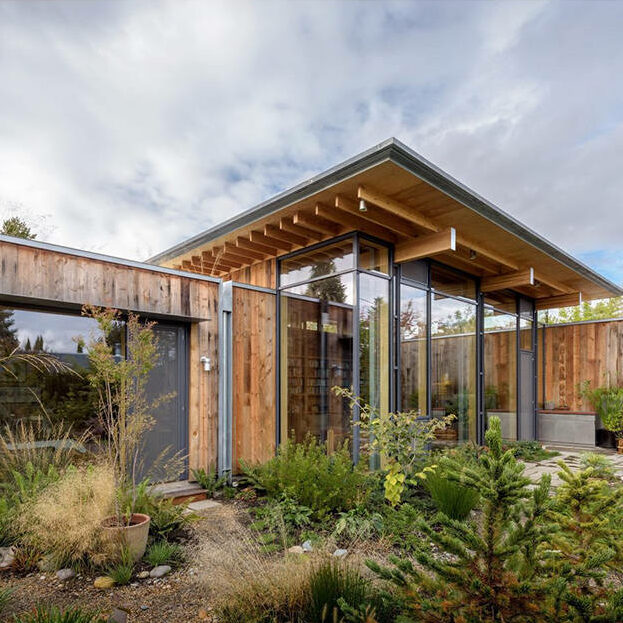This report focuses on the development of the wooden house industry from 2025 to 2030, stating that the global market size of wooden houses is expected to grow from approximately 120 billion US dollars in 2025 to 220 billion US dollars in 2030, with a compound annual growth rate (CAGR) of 8.5%. The Chinese market will grow even more rapidly, with its scale expected to reach 80 billion yuan by 2030. The growth momentum comes from consumers’ demand for environmentally friendly and healthy living environments and the promotion of green building policies. The industry shows multi-dimensional development characteristics: in terms of products, light wood-framed houses (with an expected market share of 45% in 2030) and modular wooden houses (with a 10% annual growth rate) will become mainstream; in terms of technology, digital technologies such as BIM and 3D printing have improved production efficiency; in terms of policies, green building standards around the world provide guarantees for the industry. However, the industry also faces challenges such as fluctuations in raw material prices and inconsistent technical standards.
From the perspective of the competitive landscape, the international market is dominated by enterprises such as CRH Group and Kingspan, which have advantages in material innovation and environmental protection technologies. Domestic enterprises such as Vanke and Broad Homes have emerged through industrial chain integration and technological innovation. In terms of regional distribution, eastern coastal areas in China focus on traditional solid wood and light wood-framed houses, while central and western regions concentrate on modular and environmentally friendly composite material wooden houses. The international market is dominated by North America and Europe, and the Asia-Pacific region has great growth potential. Investment hotspots focus on high-end customized wooden houses, modular wooden houses, and the research and development of green building materials. Policy subsidies and consumption upgrading will further expand the market space.
Consumer demand shows new trends: environmental protection attributes have become a key consideration, with 65% of homebuyers listing environmental protection as an important factor in 2025, and the acceptance of wooden houses made of FSC-certified wood reaching 72%; personalized demand drives the development of customized wooden houses, with the market share of customized products expected to reach 35% in 2030, and the demand for high-tech configurations such as intelligent temperature control and solar power supply is growing; the proportion of online purchasing channels is increasing, and the online sales share may reach 52% in 2030. VR house-viewing and online design tools have optimized the consumer experience. At the same time, economic factors affect purchasing decisions, and the growth in demand from the middle class and the development of the rental market have promoted the diversification of the market.





